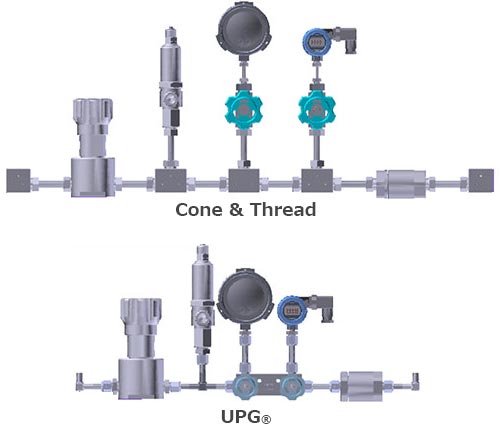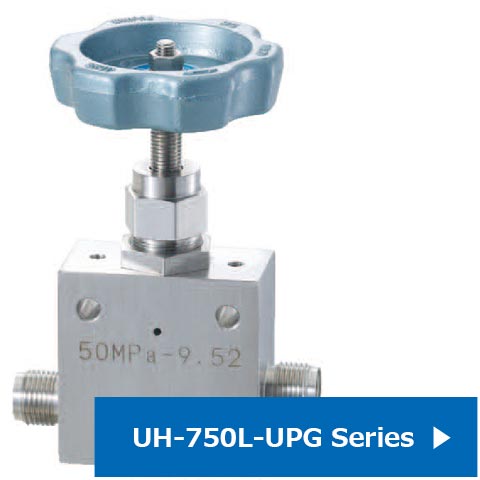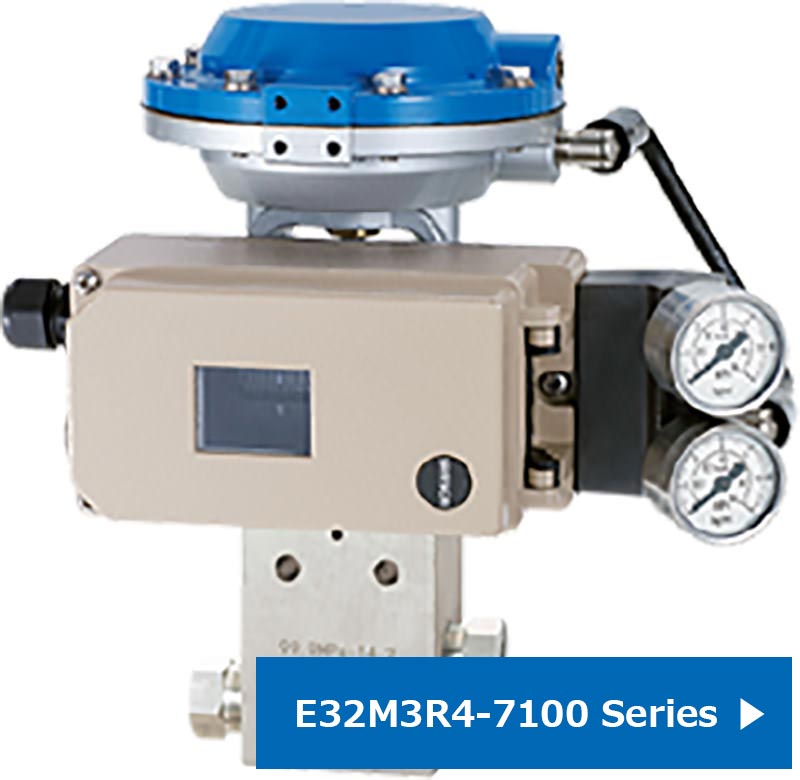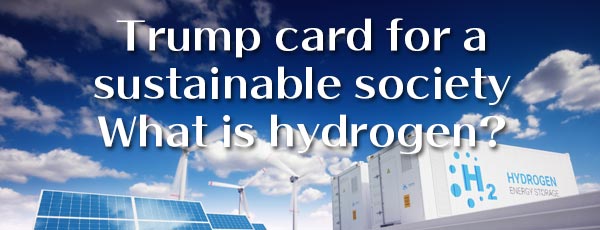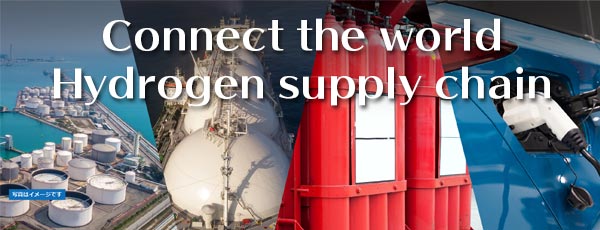Ultra low temperature liquid hydrogen and a valve that withstands -253℃
It began with the development of valves for space rockets
The connection between Fujikin and hydrogen started in 1976 which begins with the development valves for space rockets. Liquid fuel rockets that carry satellites and planetary probes are launched into space by the mixture and combustion of -253℃ liquid hydrogen and -183℃ liquid oxygen in the combustion chamber. Fujikin completed a valve which can withstand such ultra low temperatures with its unique technology and greatly contributed to Japan's space development.
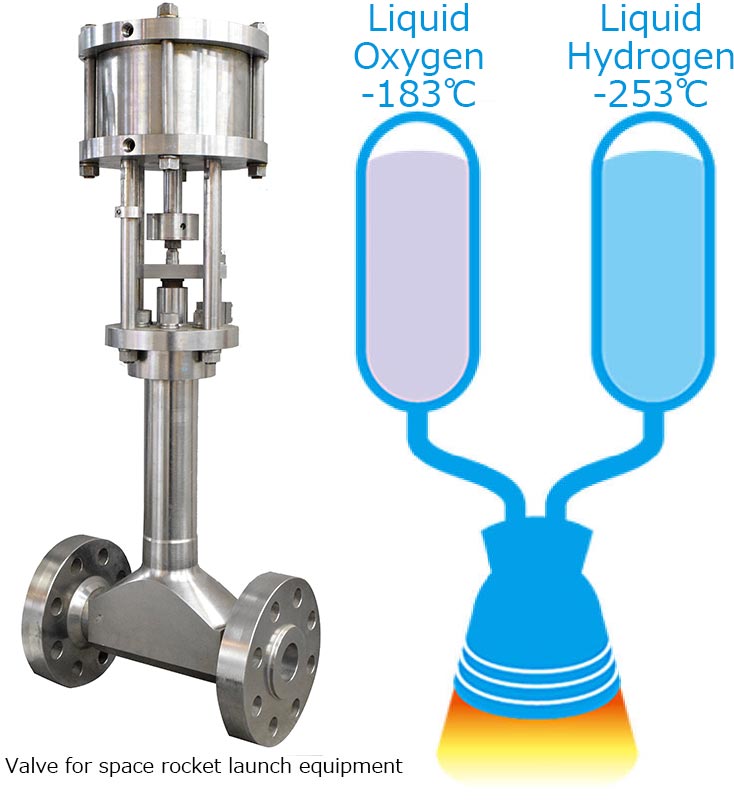
An existence essential for the hydrogen supply chain
It is necessary to distribute large quantities of hydrogen to realize a hydrogen based society, and at various stages such as transportation and storage, it is essential to handle liquid hydrogen which can have a drastically smaller volume compared to gas. Fujikin's valves have played an active role in that and has accumulated achievements in the field of space rockets. They are also an essential existence for the flow control in a hydrogen based society.
Ultra high pressure during storage and supply, and completing 99.9MPa
Surpassing existing knowledge with the accumulation of technology and heading towards the high pressure domain
Another quality required from valves for space rockets is the support for high pressure. In order to prevent the vaporization of liquid hydrogen and liquid oxygen, it is necessary to fill the rocket's fuel tank isntantly with high presure. Industrial use valves at that time had a pressure resistance performance of around 25MPa, but Fujikin supported the required 50MPa with valves for space rockets. Furthermore, we took part in planning the development of valves for compressed natural gas (CNG) stations, and further enhanced the control technology for ultra high pressure gas.
Also contributing to extending the cruising range of fuel cell vehicles
Based on the accumulation of such technology, Fujikin realized high pressure resistance performance of 99.99MPa for hydrogen station valves which is approximately twice that of valves for space rockets. This calculates to supporting a heavy load of roughly one ton on the surface area of a fingertip (approx. 1cm²). Furthermore, we have established technology that deals with hydrogen embrittlement which causes the strength of the valve material to degrade due to hydrogen. With this ultra high pressure hydrogen compatible valve, it has been made possible to rapidly increase the amount of hydrogen that can be filled into the tanks of fuel cell vehicles, which extends the cruising range, and the time required to replenish the fuel is shortened.
Development of fittings that safely connect ultra high pressure hydrogen pipes
Complete leak prevention under high pressure
For example, there are pressure intensifiers and dispensers installed in hydrogen stations, and they are connected together by many pipes. It is absolutely necessary to to prevent leaks from these ultra high pressure hydrogen pipes in order to ensure safety. The metal gasket fittings for semiconductor manufacturing equipment developed by Fujikin show excellent performance in preventing leaks, but there was a problem with the seal performance under ultra high pressure. Accordingly, the seal structure was completely improved and realized, which are the Metal Gasket Fittings for Ultra High Pressure Hydrogen Piping (UPG®).
Workability and maintainability also substantially improved
Together with preventing hydrogen leaks, the UPG® fitting puts low burden on the pressure resistance part no matter how many times you attach and detach it, and since axial removing space is not required during attachment and detachment, it is possible to do maintenance by just dismantling the equipment at one location. Since a mechanism to prevent over tightening is built in, it is possible carry out the installation with peace of mind.
